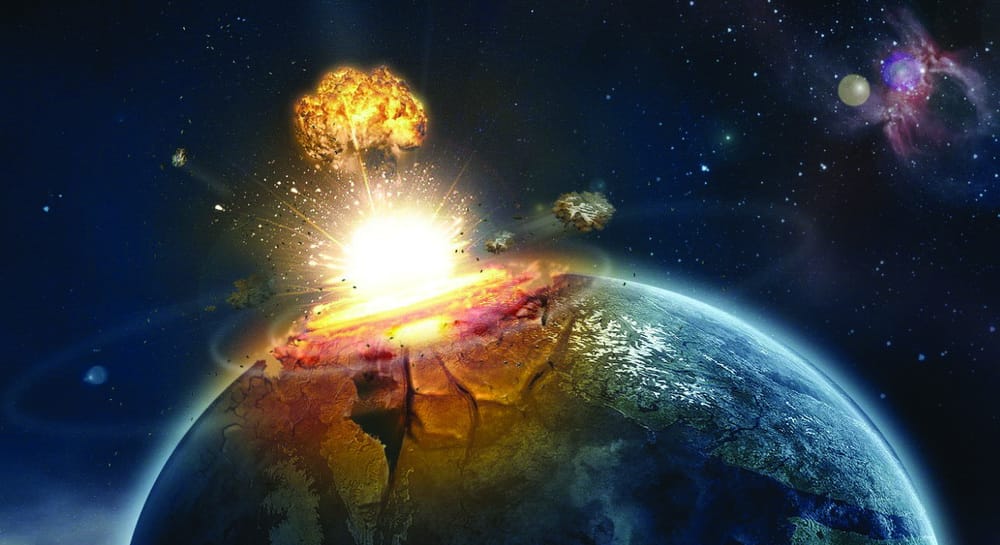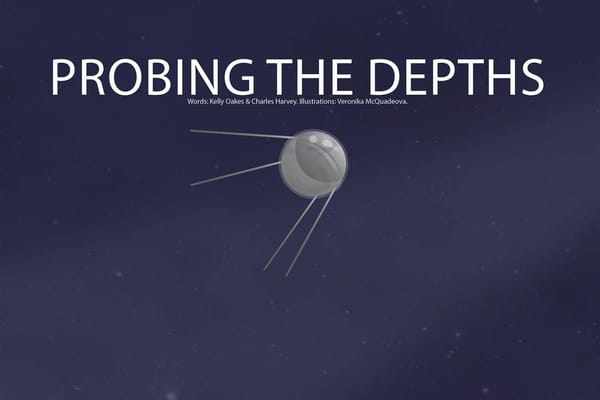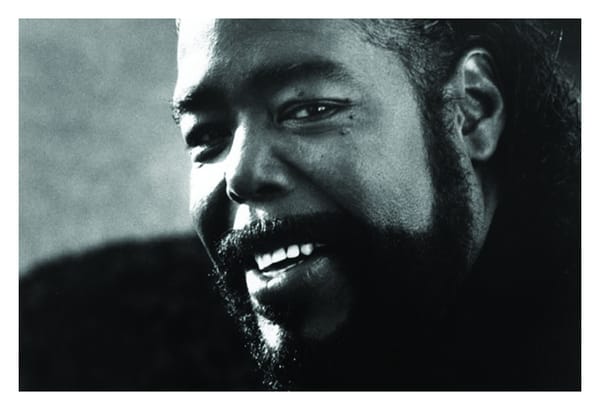Floods, fireballs and chaos?
We could be in the middle of Earth’s sixth mass extinction (and barely even notice it)

Of the four billion species that have existed on the Earth, only 1% are still around today. Many of these forgotten creatures became extinct gradually, slowly making way for new ones to evolve and take their place. However, sometimes the rate of extinction can increase so much that more than three quarters of the world’s species are lost in a short period of time.
It is tempting to imagine devastating scenes of fireballs, floods and chaos when we hear the phrase “mass extinction”, but the reality can be much more subtle than that – so subtle that it could pass by without much fanfare at all. In fact, some scientists think we could be in the middle of one right now.
A mass extinction is defined as the loss of over three quarters of all species in a geologically short time period – around two million years, or less. This may not sound short, but the Earth has been around for four billion years, making it is a fraction of a percentage of our planet’s total lifetime. There have been five previous mass extinctions, known among palaeontologists as the “Big Five”. In a review published in Nature last week, Anthony Barnosky and colleagues, from the University of California at Berkley, brought together fossil evidence and recent paleontological data to work out whether we are in the middle of the sixth big extinction event of the past 540 million years.
Barnosky and colleagues used several different methods to calculate the rate of extinctions that happened in the past in order to put what we see today in context. They used the fossil record to estimate plausible rates during the times of previous mass extinctions and then compared this with what they estimate the rates are now.
It looks like we are cooking up a “perfect storm” of conditions that are conducive to the catastrophic loss of species
They found that although the recent loss of species is “dramatic and serious”, it is not yet, technically, a mass extinction. However, if all the animals currently classed as “critically endangered” were to disappear, even if it took 1000 years, it would tip us over the edge into true mass extinction territory. If this were expanded to include all animals in the “endangered” and “vulnerable” categories, we could bring about a mass extinction in just a few centuries.
Barnosky and colleagues are quick to point out the shortcomings in their methods. As most of the world’s species have yet to be formally described, documented numbers of extinctions are likely to be underestimates. The types of animals that can be studied are also limited. For example, it is only possible to make direct comparisons between fossils and their modern day counterparts for species that can be fossilised in the first place.
“Obviously there are caveats,” Barnosky said. “What we know is based on observations from just a very few twigs plucked from the enormous number of branches that make up the tree of life.” Despite these flaws, Barnosky and colleagues are confident in their conclusions.
It appears to be humans who are causing these devastating extinction rates, and Barnosky and collegues think we should be doing something about it. Comparing the Earth today with what scientists believe the Earth was like during the Big Five extinction events of the past, it looks like we are cooking up a “perfect storm” of conditions that are conducive to the catastrophic loss of species. Rapid climate change and an increase in the amount of carbon dioxide in the atmosphere could both push many animals towards extinction.
Despite this, Barnosky is hopeful: “We still have a lot of Earth’s biota to save,” he said. “It’s very important to devote resources and legislation toward species conservation if we don’t want to be the species whose activity caused a mass extinction.”









